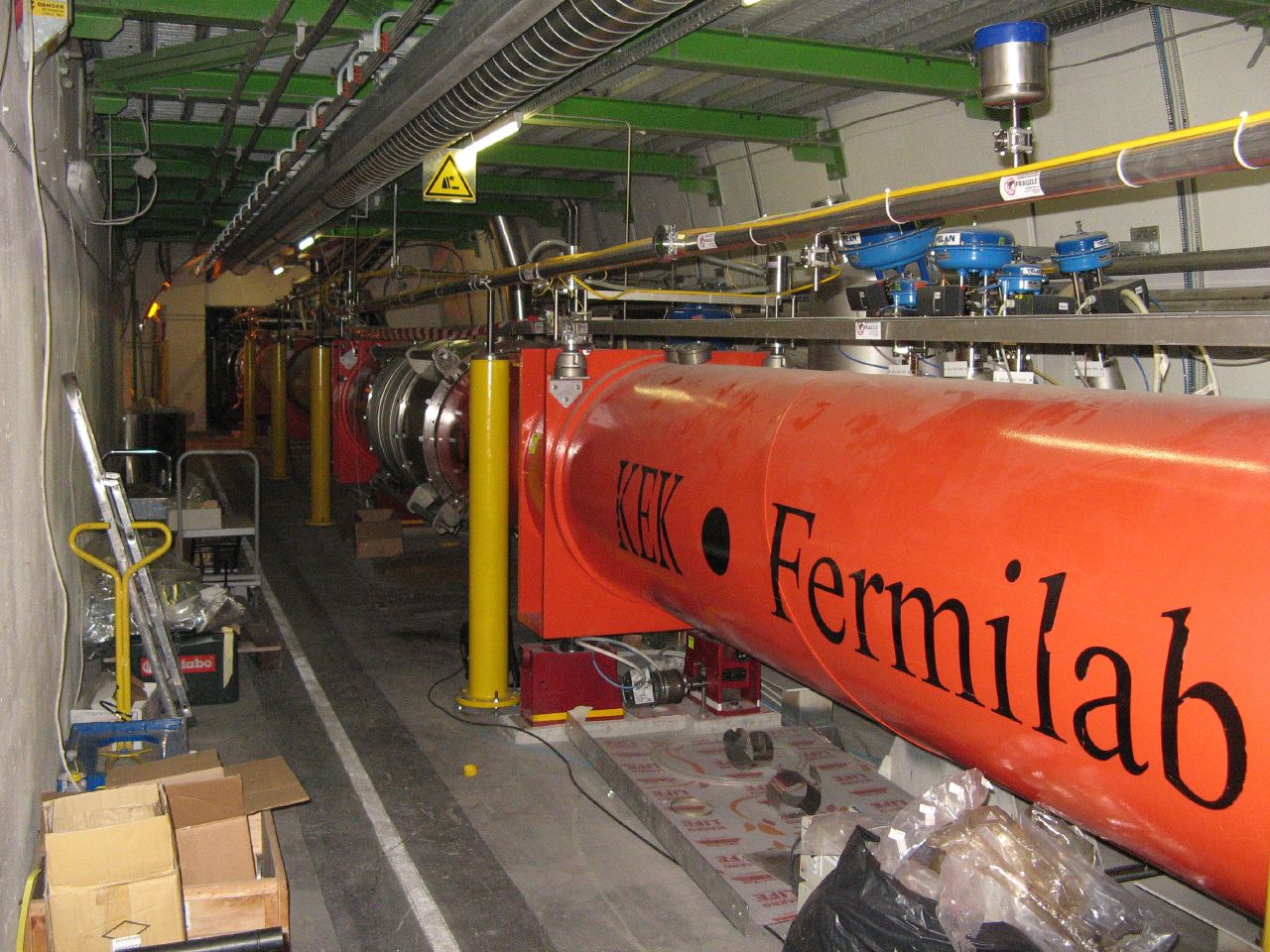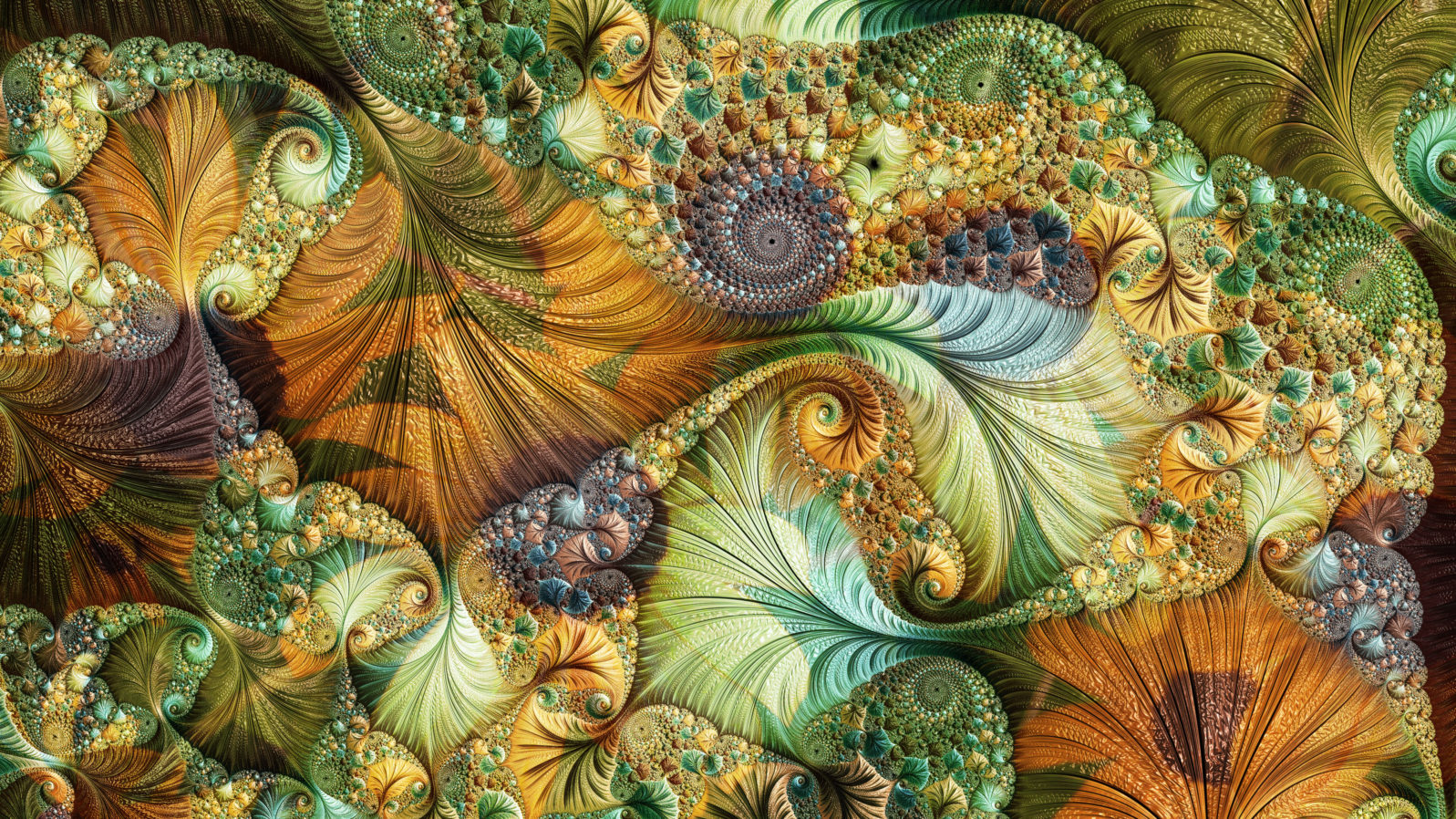“Nothing But… ” Is Now Creating a Crisis in Science
When science writers (and scientists) start using words like “miraculously,” it’s a clue that they are really stumpedIn a recent article in Quanta, science writer Natalie Wolchover discusses a little-advertised fact, that the much ballyhooed Large Hadron Collider supports the idea that our universe is fine-tuned — by an intelligence beyond nature? — and that there are many efforts afoot to reinterpret the findings so as to make the problem go away:

gamsiz, CC 2.0
The crisis became undeniable in 2016, when, despite a major upgrade, the Large Hadron Collider in Geneva still hadn’t conjured up any of the new elementary particles that theorists had been expecting for decades. The swarm of additional particles would have solved a major puzzle about an already known one, the famed Higgs boson. The hierarchy problem, as the puzzle is called, asks why the Higgs boson is so lightweight — a hundred million billion times less massive than the highest energy scales that exist in nature. The Higgs mass seems unnaturally dialed down relative to these higher energies, as if huge numbers in the underlying equation that determines its value all miraculously cancel out.
Natalie Wolchover, “A Deepening Crisis Forces Physicists to Rethink Structure of Nature’s Laws” at Quanta (March 1, 2022)
When science writers (and scientists) start using words like “miraculously,” it’s a clue that they are really stumped. But not without ideas, of course:
Some of those who remained set to work scrutinizing decades-old assumptions. They started thinking anew about the striking features of nature that seem unnaturally fine-tuned — both the Higgs boson’s small mass, and a seemingly unrelated case, one that concerns the unnaturally low energy of space itself. “The really fundamental problems are problems of naturalness,” Garcia Garcia said.
Their introspection is bearing fruit. Researchers are increasingly zeroing in on what they see as a weakness in the conventional reasoning about naturalness. It rests on a seemingly benign assumption, one that has been baked into scientific outlooks since ancient Greece: Big stuff consists of smaller, more fundamental stuff — an idea known as reductionism. “The reductionist paradigm … is hard-wired into the naturalness problems,” said Nima Arkani-Hamed, a theorist at the Institute for Advanced Study in Princeton, New Jersey.
Natalie Wolchover, “A Deepening Crisis Forces Physicists to Rethink Structure of Nature’s Laws” at Quanta (March 1, 2022)
But wait. When scientists (and science writers) start messing with reductionism, they are messing with the core assumption of the meaningless universe: At the bottom are single, meaningless little bits that may have always existed somehow or other. And, somehow, piled atop each other in various configurations, they account for everything automatically — although, depending on who you ask, we may not have evolved so as to understand how it works.
The continued spookiness of the fine-tuning of the interactions in the universe is a constant threat to that view. Worse, building even bigger colliders than the Large Hadron, by which the Higgs boson was identified, might only lead to more observations of nature being “unnaturally fine-tuned.”

Experimental physicist Rob Sheldon offers some thoughts on the current state of the discussion.
First, he commends Wolchover, who “does a great job with distilling physics ideas.” He goes on to point out that, if big scales and little scales are connected — as in biology, chemistry, and physics — in apparent fine-tuning, the random universe of reductionism is much less likely.
He offers a few more examples:
● The Coulomb force of electricity decreases with 1/r^2 but never goes to zero. The sun emits charged particles called the solar wind and therefore generates a potential or Coulomb force stretching out to infinity. Changes in the heliopause — where the solar wind encounters the extra-solar or interplanetary medium and suddenly brakes out past the orbit of Pluto — sets up a change in the Coulomb force that regulates how the surface of the sun emits solar-wind. A potato, crammed into a car exhaust pipe, will keep the car from running. This feedback operates from 100 AU astronomical units down to 0.01 AU, or over four orders of magnitude in scale.
● Magnetic fields, constrain and direct charge particle flows, so that a NdFeB kitchen magnet placed in a Bell Jar and pumped down to 100mTorr can produce jets. A neutron star, with a field 10,000 stronger than my kitchen magnet produces astrophysical jets the size of the solar system. A galaxy with a field not even 100 times stronger than my kitchen magnet, produces jets that are Megaparsecs long. The same magnetic field scales plasma over 21 orders of magnitude from my bell jar to active galactic nuclei.
● The distribution of neurons in my brain is fractal, with density increasing as a power of D^2.decimal, much like Natalie’s description of Area^.75 power. It turns out that this is the optimal density to maintain connectivity between brain cells. Galaxies are spread out in the universe with a fractal density D^2.decimal. No one knows why. But over 30 orders of magnitude separate those observations of nearly identical density distributions.
Sheldon concludes that “there is a law connecting big and little scales; there is a fractal that describes the information content of the universe, proving that we do not live in a random universe.”
In other words, the looming insight would seem to be that, instead of intelligence randomly evolving among life forms, it is part of the underlying structure of the universe. If so, the efforts to disprove or get around that fact, which Wolchover details, will ultimately be obviated by newer findings from bigger Colliders and similar instruments.
You may also wish to read: Can there be a general theory for fine-tuning? If you make a bowl of alphabet soup and the letters arrange themselves and say, good morning, that is specified. What are the probabilities? Ola Hössjer sees the beauty of mathematics in the fact that seemingly unrelated features in cosmology and biology can be modeled using similar concepts.
and
Prof: Fine-tuning in nature is due to the mind of the universe. Panpsychism’s take on intelligent design, as expressed in the exquisite fine-tuning of the universe for life, is an interesting new approach. Panpsychists (or cosmopsychists) are permitted to make arguments that would be banned if made by, say, intelligent design advocates. Some change is afoot.
